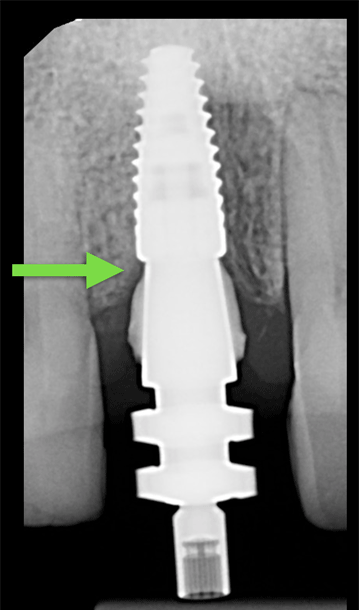

For one, the page is broken into three sections: In this method, you are still using key points, but this method goes deeper into the organizing method. In fact, the outline method is likely inspired by this method as there are similarities to it. You want to convert the points into questions to quiz yourself on later.ĭeveloped in the 1950s by Cornell University, this is the most common note taking method around.To see the relationships between both topics and subtopics.You want your notes to be organized from the start.In the case of this approach, if you know what’s being discussed, you’ll focus on the important aspects of that topic rather than wonder what’s coming up next. But you’ll pay attention in a different manner. The idea with this form of note taking is so it doesn’t overwhelm you. Under those key points, you write more in-depth sub-points based on what is being discussed on those topics. When using this method, the idea is to select four or five key points that are going to be covered in a specific lesson. Anyone can pick up this method and use it with no issues. This method is used for simplicity and is one of the easiest methods of taking notes. These particular methods are some of the more popular methods for taking notes. In Miami University’s public database, there is a course outlining note-taking and active listening. This will pay off for you as you’ll spend more time focusing on understanding the tougher aspects of a topic rather than absorbing the information as is. With plenty of information made available at our fingertips, there is a lot of opportunities for us to learn about the subject before a course or a training session. This doesn’t apply to courses where you are assigned reading but in all manner of courses. One study by Spies and Wilkin found that law students who read a legal case before getting to class displayed deeper understanding of the material compared to others. ⌄ Scroll down to continue reading article ⌄ Preparing Before Classįirst, if you are taking a formal course, it pays to be prepared. All you need to do is have a positive attitude, pay attention, and study with a classmate or two. So attitude makes a difference and this logic can be applied to even topics you’re not big on. Compared to things you lack interest in, it’s clear that you would make no effort to learn about something that you don’t want. This is no different from other pursuits in your life. The topics you excelled at made you feel good and you had a vested interest in. The only reason those topics are not your strong suit can be chalked up to your attitude. Think back to classes that you weren’t that excited for or that you were bad at. If you’re someone who doesn’t drink coffee or has a snack before class, attitude can still play a significant role. If we’re not focused or easily distracted, we will have a tougher time putting together accurate notes. In this regard, we can see already how mood can impact our ability to take notes. This also applies to coffee which – if not consumed in moderation – can impact sleep and your ability to pay attention and focus as well. For example, snacks with high sugar or high salt will impact our ability to pay attention to. But before jumping into note-taking techniques, there are some things to consider prior to learning:Įven our attitude and behavior plays a factor in our ability to take notes. Some are more formal methods for taking notes while others are strategies that have helped others in the past. There are all kinds of strategies and systems in place to be taking notes.

What Note Taking Techniques Are the Best?.


 0 kommentar(er)
0 kommentar(er)
